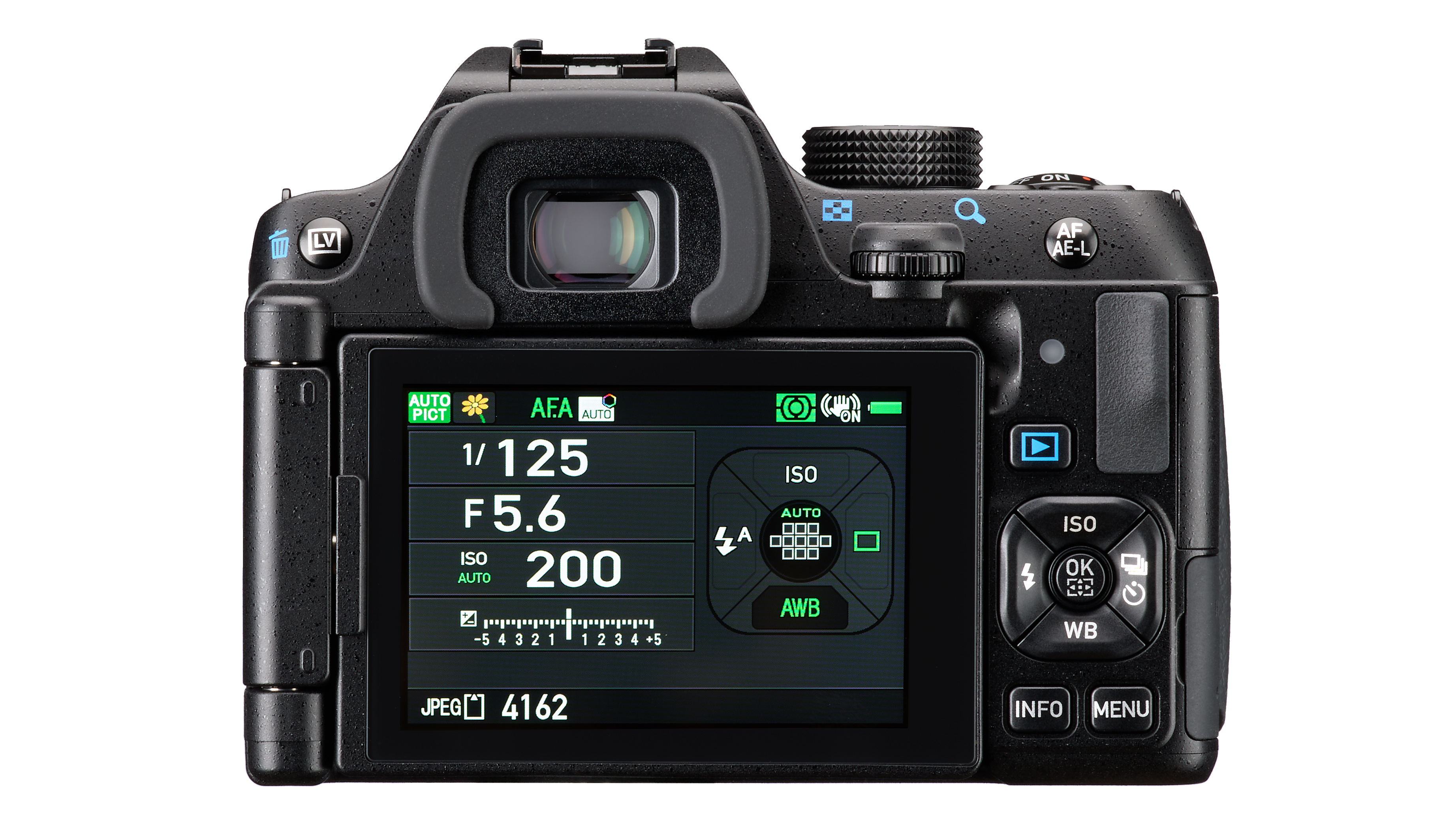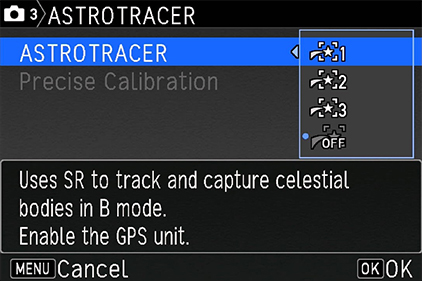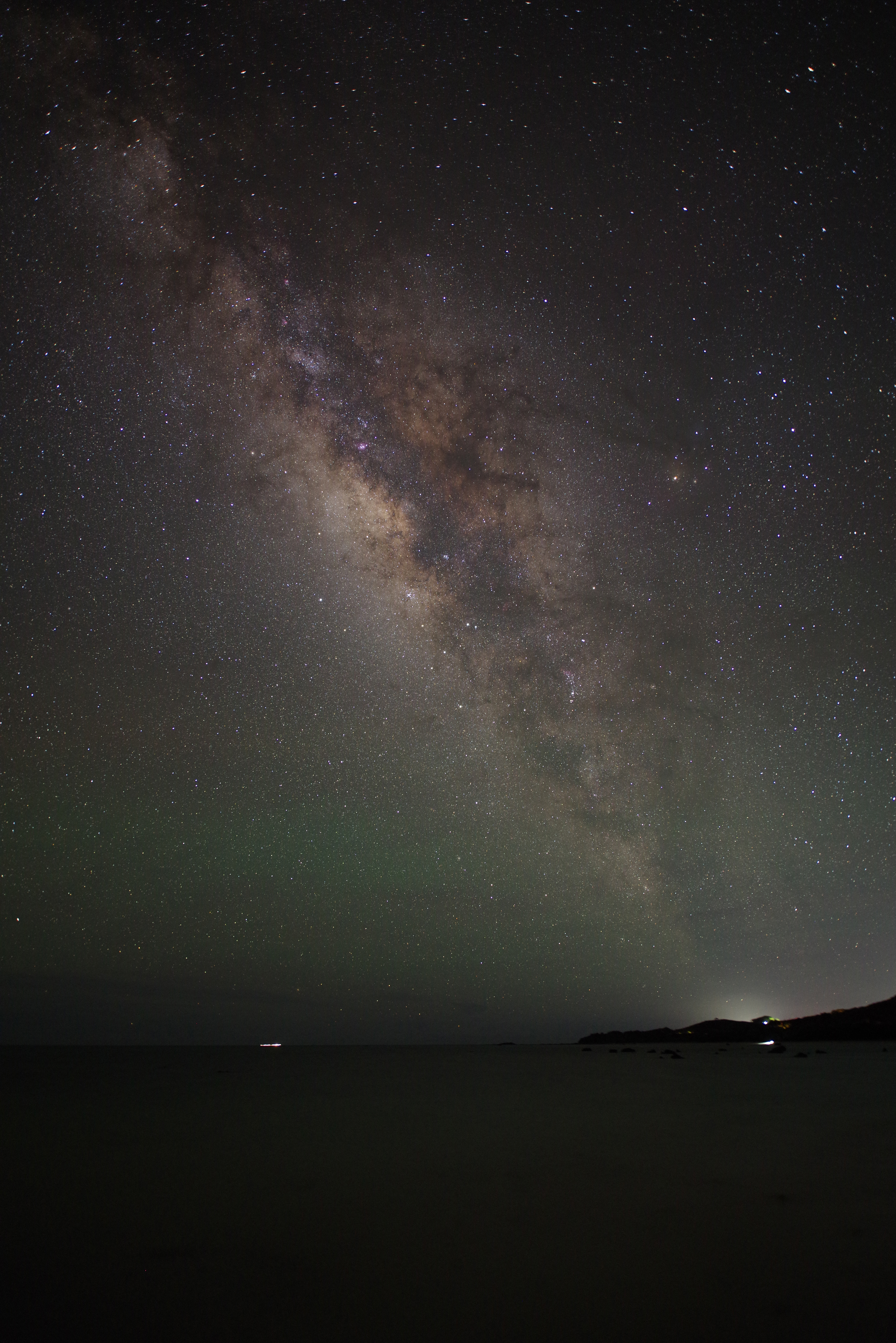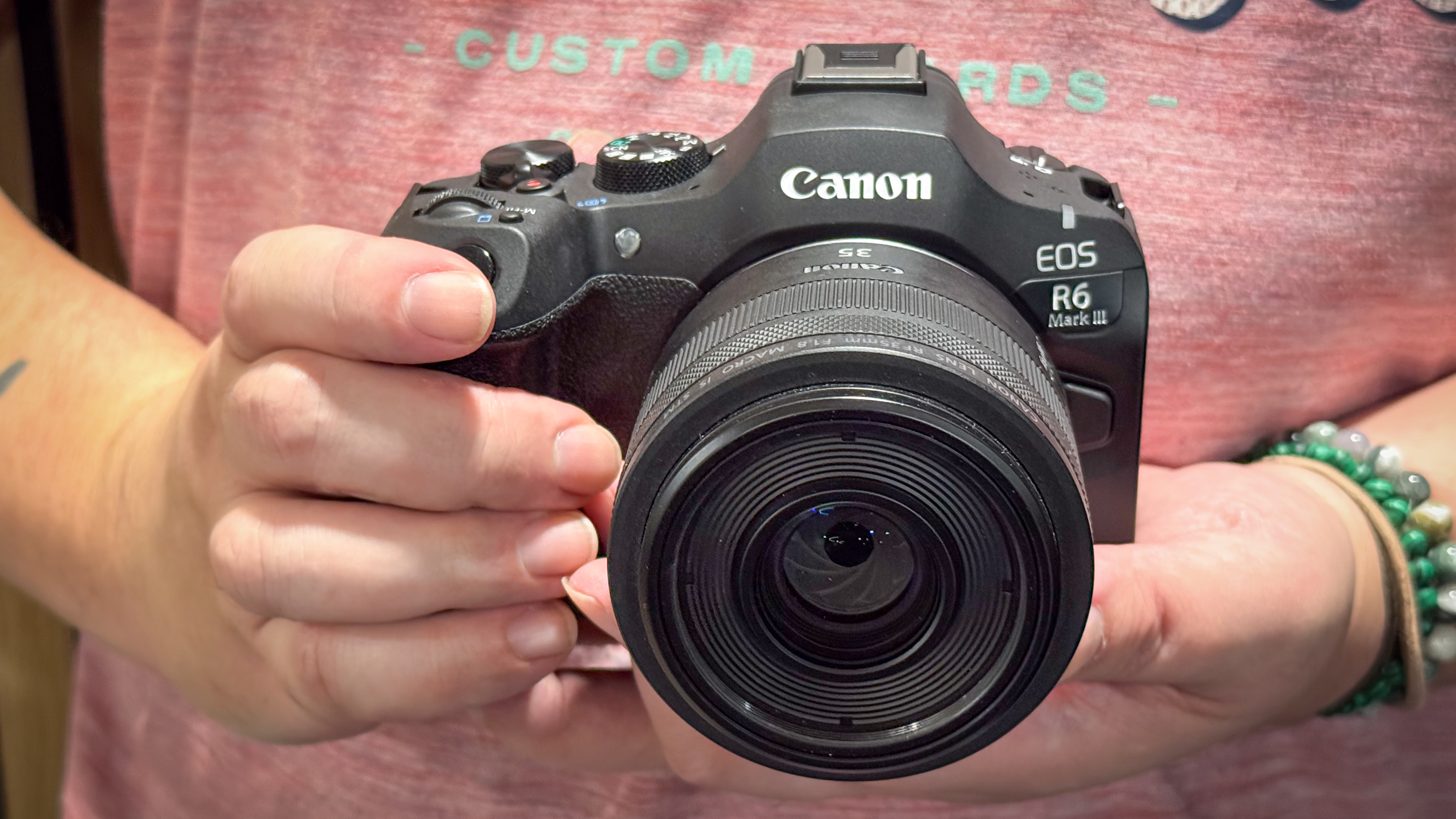Broken Pentax firmware is now fixed!
Pentax has fixed the two firmware updates that were suspended due to "anomalies"
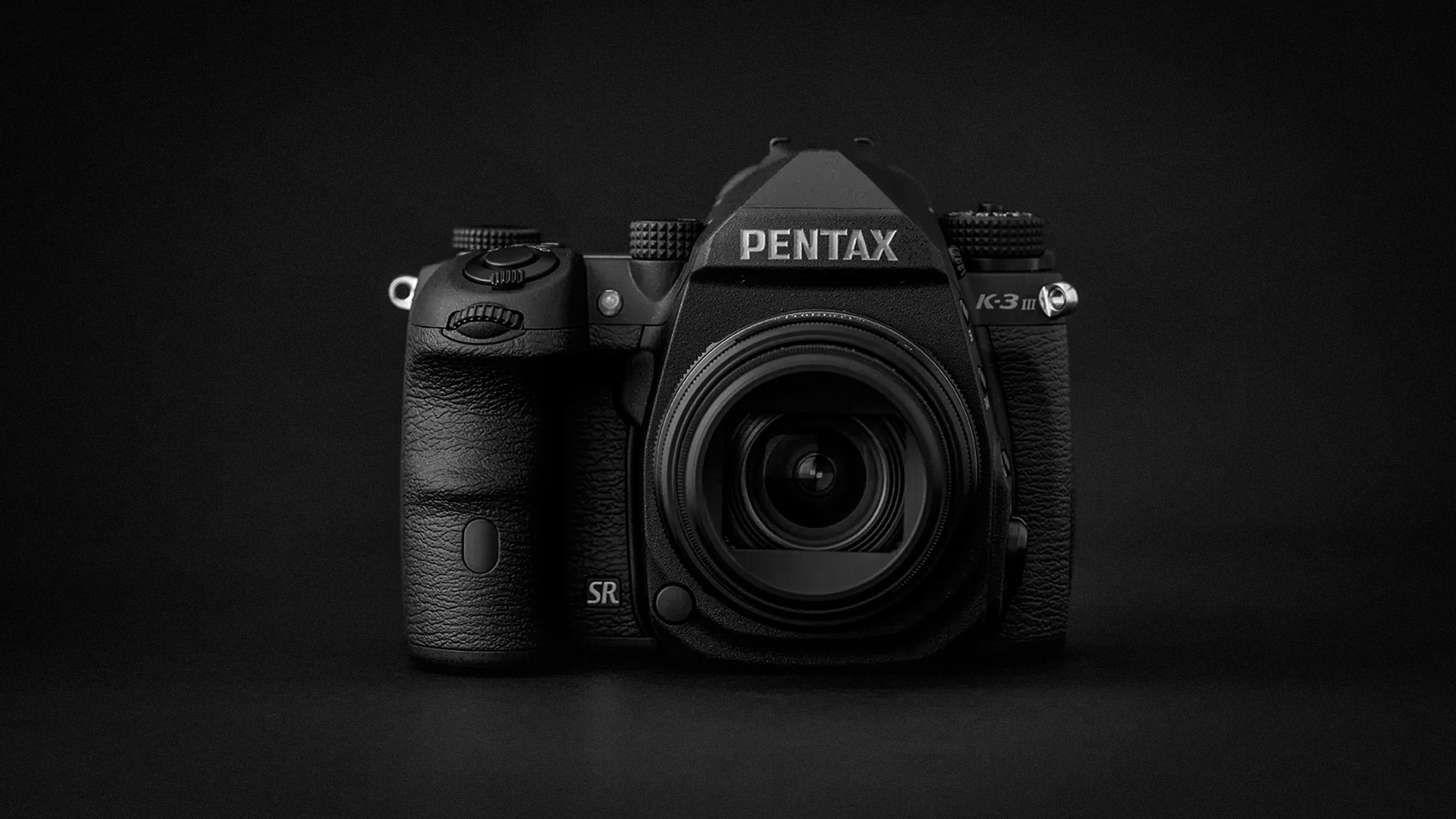
Pentax K-3 Mark III Monochrome
(Image credit: Ricoh Imaging)UPDATE: Pentax has replaced the defective firmware for the K-1 and K-1 Mark II, after "anomalies" caused the previous updates to be suspended in December.
The new V2.41 firmware corrects a number of problems in the two Pentax cameras caused by December's V2.40 update: image recording failure when combining Astrotracer Type 3 with interval shooting; erroneous LCD panel indication of full memory cards; incorrect display of remaining shots in the viewfinder; and inconsistent exposure countdowns on the LCD panel when using Astrotracer Type 3.
While it's never fun when new firmware has issues (especially if you've already updated it), kudos to Pentax for responding swiftly – and huge respect for updating a camera that was launched in 2016!
…
UPDATE (Dec 19 2023): Pentax has suspended two of the five firmware updates it released for cameras at the beginning of December, due to "anomalies" that have been detected.
The affected firmware is for the full-frame Pentax K-1 and K-1 Mark II. The updates for the Pentax KF, K-3 Mark III and K-3 Mark III Monochrome do not have any known issues.
"Please note that the update service of Pentax K-1 and the Pentax K-1 Mark II firmware version 2.40 (both released on December 07, 2023) have been temporarily suspended, after some problems have been discovered in the software," announced the company, in a post detailing the issues.
The best camera deals, reviews, product advice, and unmissable photography news, direct to your inbox!
"We apologize for any inconvenience which may have been occurred [sic] because of these anomalies, and we intend to release revised versions very shortly. Details on the revised versions will be announced as soon as they are finalized. Thank you for your understanding."
…
ORIGINAL STORY (Dec 08 2023): Five Pentax cameras have been issued new firmware updates, adding new features and enhancing lens compatibility.
The Pentax KF, K-1, K-1 II, K-3 III, and K-3 III Monochrome are the cameras that have been issued the updated firmware by Ricoh. As well as fixing known minor issues and improving camera stability for general performance, the new cameras have been updated to add the HD Pentax-DA 35mm f/2.8 Macro Limited lens to the list of compatible lenses for use with the focus range limiter function.
The focus limiter function on the Pentax cameras enables you to set your preferred autofocus range (short-range, long-range, or OFF) from the camera’s on-screen menu. Pentax states: "By limiting the tracking range with this function, users are assured of swift, delay-free autofocus operation."
The Firmware can be found via the links below:
Pentax K-1 MARK II FIRMWARE UPDATE VERSION (2.40)
Pentax K-1 FIRMWARE UPDATE VERSION (2.40)
Pentax K-3 MARK III FIRMWARE UPDATE VERSION (2.12)
Pentax K-3 MARK III Monochrome FIRMWARE UPDATE VERSION (2.12)
Pentax KF FIRMWARE UPDATE VERSION (1.31)
In addition, the Pentax KF, K-1, and K-1 II have also been given an update to the Astrotracer function, adding Type 2 and Type 3, providing users with new and improved options.
In addition to the existing Astrotracer mode, which has now been labelled Type 1, Type 2 and 3 have been introduced, and the differentiations can be seen below:
ASTROTRACER Type1
Conventional ASTROTRACER function. Shift the camera’s image sensor in synchronization with the movements of stars (diurnal motion) to prioritize the celestial bodies and stars to be captured as solid points.
ASTROTRACER Type2
Shift the camera’s image sensor to half the speed of Type 1 in synchronization with the movements of stars to prioritize capturing the landscape and stars in a good balance.
ASTROTRACER Type3
A simplified equatorial function that enables to track and capture celestial bodies without using GPS. Before actual shooting, a preliminary shot is captured automatically, enabling celestial body tracking from star movements. This feature eliminates GPS positioning wait time and able to shoot in locations subject to previously troublesome magnetic fields. As the star movements are being captured on an image, ASTROTRACER’s auto-tracking function may fail when objects other than stars, such as clouds, enter the image field. In such situations, it is recommended that users select the Type 1 or Type 2 mode. When used with interval shooting, it is possible to perform multiple main exposures with a single preliminary shot."
The Pentax K series is very popular with astrophotographers, and this only looks to continue with the new update aimed specifically at them.
You may be interested in our guides to the best Pentax cameras, the best Pentax lenses, and the best lenses for astrophotography.

Kalum is a photographer, photo editor, and writer with over a decade of experience in visual storytelling. With a strong focus on photography books, curation, and editing, he blends a deep understanding of both contemporary and historical works.
Alongside his creative projects, Kalum writes about photography and filmmaking, interviewing industry professionals, showcasing emerging talent, and offering in-depth analysis of the art form. His work highlights the power of visual storytelling.
- James ArtaiusEditor in Chief
